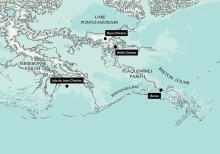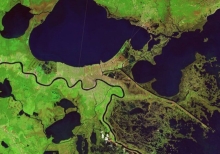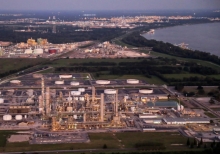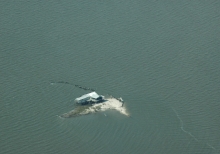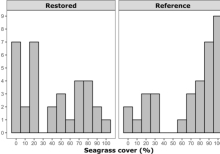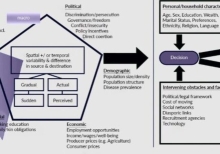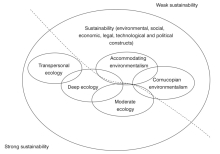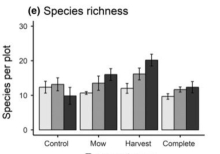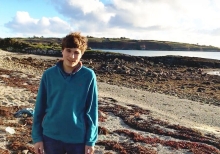Louisiana Waterways Among Most Polluted In Nation, Report Says
A 10-year-old girl walks to the edge of the Kansas River in Topeka, Kansas, rolls up a note, and slips it into a plastic bottle before sending it downstream. Sixteen years, hundreds of miles, and two rivers later, Michael Coyne-Logan, an educational facilitator for Living Lands and Waters, hoists it from the Mississippi River in St. Louis. That is one bottle among the millions of pounds of trash that he and his cleanup crew have collected in recent years as they try to make a dent in the enormous amount of garbage floating down the Mississippi.

